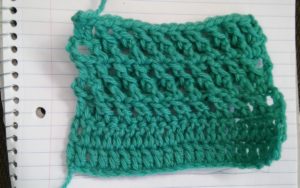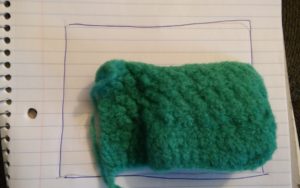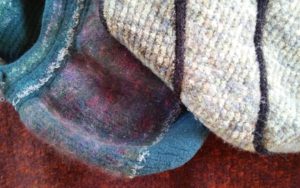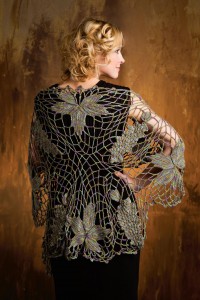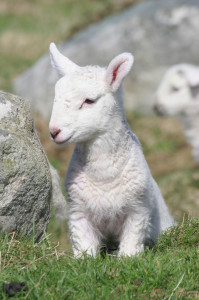There are many different yarns in the world. Many different textures, and ply, many different fibers, and qualities, and Knit Picks Wool of the Andes is an interesting yarn.
It is listed as a medium/worsted weight yarn, to me it seems to be on the lighter side of this definition and I would probably treat it as a light/DK weight yarn. It is comprised of 100% Peruvian Highland Wool, which essentially just tells that the sheep that produced this fiber lived in an area of higher elevation in Peru. However with a little more research into this yarn, aside from what the ball wrap says, apparently the Peruvian Sheep are a cross breed of Corriedale and Merino, however they are not a recognized breed in themselves. This cross breeding for to create a stable hardy wool that has a more fine texture, and thus a little softer.
It is not overly soft, actually it seems utilitarian to me, but it is stable. It has a little springiness, and average drape. I feel this yarn fits most practical purposes, it could make a nice throw, or dabble in home décor with rugs or pillows. A nice hat could be created, but not for charities that are offering hats to chemotherapy patients. I do not feel that there is enough loft, or softness for garment wear that rests on the skin, and it has a little scratch to the soft skin under the chin, so it rules out a scarf or shawl for me.
It is a great felting yarn, meaning that if you intend to have all of your stitches disappear and create completely solid fabric (with a bit of shrinkage), then this yarn can fit the build. However this does then limit ability to care for any item created with this yarn, as it will need to be hand washed and laid flat to dry. When I felted with it, I ended up with a fabric that felted really easy, and quickly. I simply placed my swatch in with a load of denim jeans in the washing machine, and the washer and dryer did the work. I would suggest that if you are planning a felting project, like slippers or a handbag, crochet it about twice the finished size, and then felt.
I know that there are many that love this yarn, but for me it is not a go-to. I see some purposes for it, but those purposes are not in my everyday uses.


